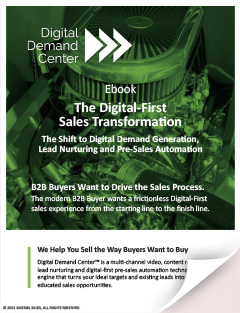Quite obviously, business today is increasingly being done over the internet. This means that to succeed as a business in today’s globally connected world, your marketing strategy must have a significant digital component.
The answer to the question, “What is digital marketing?” is not as complicated as one may think. Digital marketing is essentially the same as traditional marketing; the only difference is the platform from which you send your message. Instead of communicating only via print outlets, your message now needs to come from multiple sources such as websites, blogs, emails and social networks.
The great opportunity that comes from these new forms of media is that they allow for a variety of new and highly effective ways of finding customers. We can now relay our message directly through e-newsletters; or we can reach customers by inviting them to watch self-made videos and podcasts. We can also find potential customers by creating websites and blogs that are relevant to our service or product. Finally, creating well-crafted pages on social networks can also find you potential customers.
There are many ways you can implement marketing online, and you must consider each of them carefully if you hope to create an effective marketing strategy.
It is first important to understand what is different about each of these platforms and how to use each of them to your advantage. For example, it is a very different thing to start a Twitter account than it is to send an e-newsletter. Another aspect to consider is that the digital world creates a two-way communication model that operates in a way that traditional one-way media never could. Negotiating this two-way form of communication requires you have knowledge of the new platforms so you can best exploit them to your advantage.
Overall, we should not see what digital marketing is as a vast departure from traditional marketing. The overall intent is still the same: we want to present potential customers with information to make an informed purchase. So, the difference is not what we do, but how we do things. Each new form of media carries with it its own internal logic; once we understand that logic, we can incorporate these media into our overall marketing strategy.




